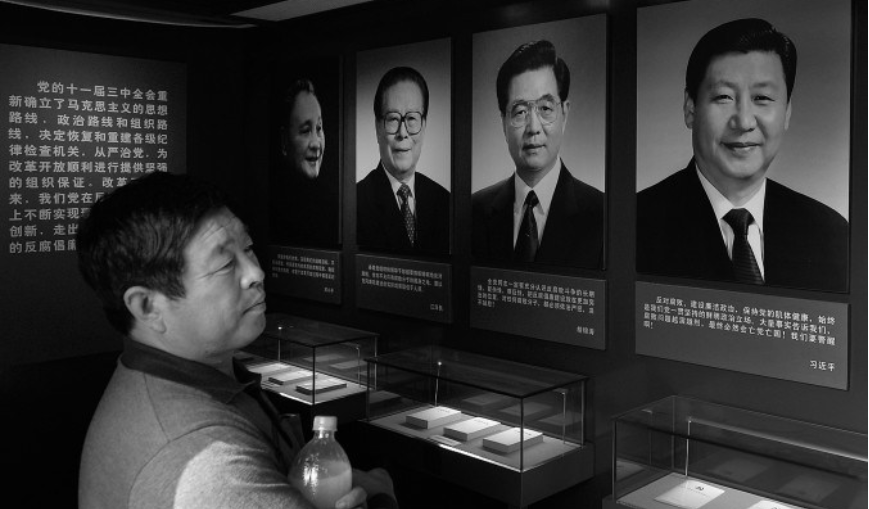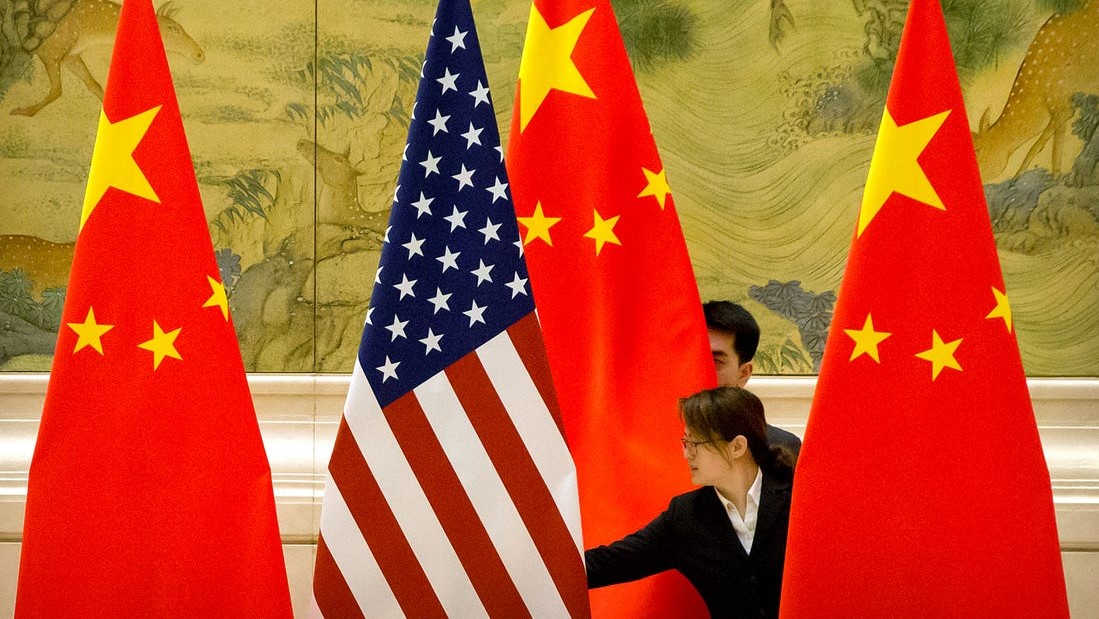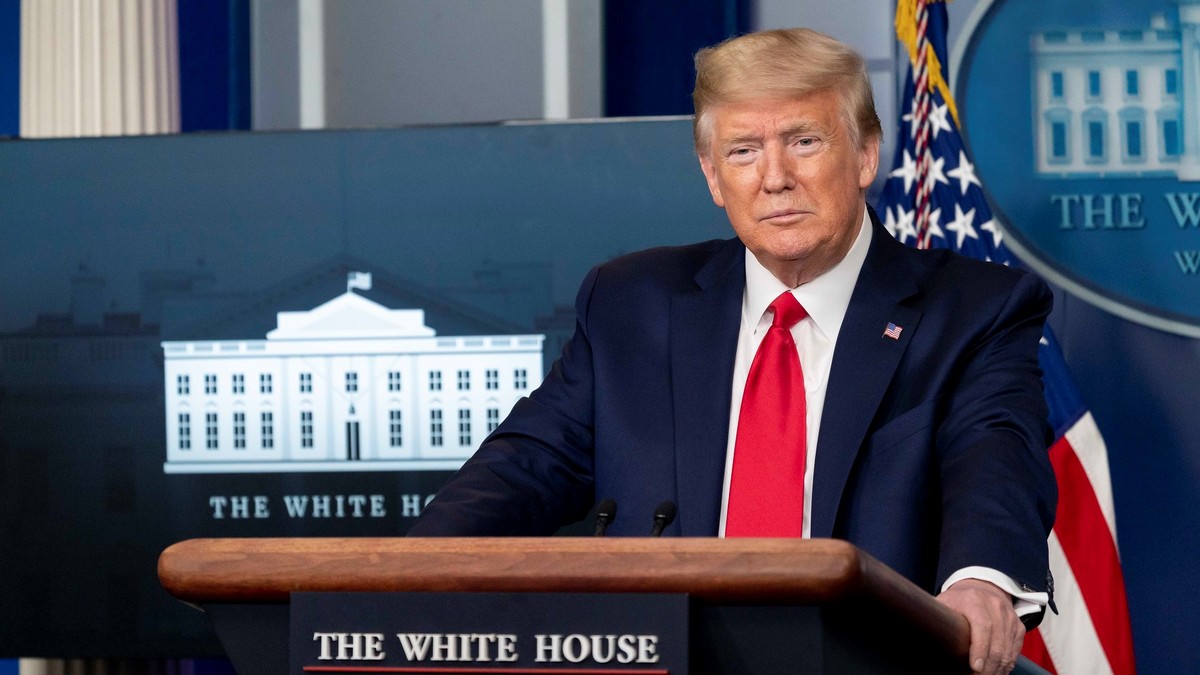Published 11 August 2020 | 3 minute read
This article looks at how US trade policy might change under a Biden presidency. His “Made in America” and “Build Back Better” plans indicate that the Biden trade policy should show continuity in some areas with Trump. The “war” on the WTO would cease but tensions would remain due to Biden’s worker-based approach to trade.
Article originally published in the South China Morning Post
In both substantive and stylistic terms, President Donald Trump and his Democratic rival Joseph Biden differ in ways too numerous to count. But when it comes to trade policy, the differences are considerably less pronounced. In fact, in at least some areas, there is likely to be a fair amount of continuity in trade policy under a prospective Biden administration.
Three issues illustrate where the key similarities and differences are likely to lie:
A worker-based approach to trade policy
A defining cornerstone of Trump’s trade policy has been the belief that the US needs a worker-based approach to trade. The objective of US trade policy – as spelled out by US Trade Representative Lighthizer – should not be to achieve foreign policy objectives or reap the theoretical textbook efficiencies of free trade. Instead, the objective should be to ensure that all US citizens, including those without college degrees, can earn a stable living and have a reasonable shot at middle-class life1.
When and where trade can support that objective, it should be embraced. But in the Trump administration’s view, the US has been ill-served by a doctrinaire commitment to the presumed benefits of “free” trade, which in practice has meant record profits for multinational corporations but stagnant middle-class wages and long-term unemployment for trade-displaced workers.
On this point, do not expect a dramatically different posture under a Biden presidency. Biden has promised to “stand up for American workers” and under his recently released “Made in America” plan, “the goal of every decision about trade must be to build the American middle class, create jobs, raise wages, and strengthen communities.” This would be accomplished by, among other things, taking more “aggressive” trade enforcement actions on a similar list of grievances as those pursued by the Trump administration. In fact, Biden’s policies on this front are so similar that President Trump has accused him of plagiarism.
Under the Trump administration, US trade partners have been hit with a number of seemingly capricious trade actions taken on dubious grounds to address putative unfair practices and protect US workers2.
Although the process and deliberations under a Biden administration would be more orderly and less erratic, the ultimate policy outcomes might not be dissimilar.
Biden's relationship with the WTO
The Trump administration relationship with the WTO can best be understood as a fundamental repudiation of the traditional US philosophy on multilateral trade governance. (For more on this, see Politico's recent article on Trump's WTO criticism).
The post-war US approach to institutionalized trade governance has been to view the global trade system as a means to a much larger end: an opportunity to foster cooperative, rules-based relationships amongst nations that had fought two world wars in two generations, and to generate global economic development built on interdependence.
The Trump administration has essentially argued that under this traditional approach, US economic interests – especially those of average workers – have been thrown overboard in favor of the perceived “greater good”. On balance, the WTO has been a “bad deal”, which has permitted other countries to “take advantage” of the US. The US has therefore been entirely justified in taking unilateral trade actions outside WTO channels and in disrupting the functioning of the dispute settlement Appellate Body, which has, in the judgment of the Trump administration, far exceeded its mandate in ways that are counterproductive to US interests.
Here, we are likely to see deeper differences in a Biden administration. Throughout his long career, Biden has been a stalwart supporter of the post-war system of multilateral institutions and, more broadly, in the value of working cooperatively with allies. Biden has made it clear that repairing alliances and undoing the damage done by Trump to cooperative institutional relationships would be one of his first and highest priorities upon assuming the Presidency.
The perceived US “war” on the WTO would cease under a Biden administration. At the same time however, there would inevitably be tensions between Biden’s worker-based approach to trade and the strictures of the WTO. It remains to be seen, for example, how some of his “Buy American” proposals could be squared with US obligations under the WTO Government Procurement Agreement. Something will have to give. But a Biden administration would attach much greater importance to the rules-based system and would be considerably more cautious about actions that could undermine institutions and alliances.
Trade and industrial policy under Biden
China’s ongoing economic rise under a system of state-directed capitalism, along with the production vulnerabilities revealed by the Covid-19 pandemic, have dispelled many of the misgivings in the US about industrial policy. In recent public comments before the Economic Club of New York, Ambassador Lighthizer stated things plainly:
“After the crisis is over we have to have an industrial policy that assures the United States has in any future crisis the ability to manufacture at home all the things that we need. We need a policy, be it subsidies, or tariffs, or whatever it takes. We have to have an industrial policy so we never find ourselves in this position again.”
It is unlikely that Biden would disagree with a single word of that statement. In fact, his “Build Back Better” plan lays out an aggressive industrial policy aimed at, among other things, reshoring supply chains through subsidies, tax incentives, public-private partnerships and ample government funding. Biden has pledged to “use the full power of the federal government” to “rebuild U.S. domestic manufacturing capacity”.
No more business as usual
Under a Biden presidency, the confrontational style and combative rhetoric on trade issues favored by Donald Trump would be gone. But the underlying philosophy – that the interests of US workers needs to be reasserted in trade policy – would largely continue.
This is a reflection of how dramatically the public, political and policy consensus on trade in the US has shifted in recent years. The traditional embrace of so-called “free” trade has been replaced by open questioning of the extent to which the theoretical benefits of trade have actually materialized for average Americans, and whether the US is being well-served by the trade rules as currently constructed.
Those who hope that an electoral defeat for Trump in November will signal an enthusiastic return to the US’ long-standing commitment to open trade and ever-deepening economic integration are likely to be disappointed. The Rubicon has been crossed. Biden himself has been crystal clear on this point: “There's no going back to business as usual on trade with me."
© The Hinrich Foundation. See our website Terms and conditions for our copyright and reprint policy. All statements of fact and the views, conclusions and recommendations expressed in this publication are the sole responsibility of the author(s).







